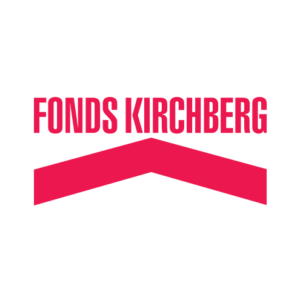Designed as an architectural interpretation of a leaf, this 10-metre-high steel sculpture, named Phyllōm, highlights the tensions between the natural environment and urban space, between biodiversity and soil sealing.
The Phyllōm concept focuses on the leaf as one of the three primary organs of higher plants, alongside the root and shoot axis. This type of organ, known as the ‘phyllome’, is essential to plant life, performing vital photosynthesis and transpiration functions.
The sculpture thus symbolises the essential contributions of the leaf: producing oxygen, purifying the air, creating shade and providing a habitat for various animals. As an indispensable part of our ecosystem, this leaf-inspired installation is designed to illustrate the far-reaching impact of LUGA, an exhibition dedicated to agriculture, the environment, sustainability and other key themes.
‘The sculpture invites visitors to reflect on the essential transformation towards a society that is more respectful of the environment, while at the same time taking care of its cultural heritage,’ stresses the architectural firm Schürmann + Witry. While the red steel mast is a reference to the red soil of Luxembourg, with its glorious steelmaking past, the green leaf plunges us into the heart of nature.
Synonymous with a materialised circular economy, Phyllōm can be entirely dismantled, transformed and recycled, enabling it to travel. The sculpture was first exhibited at FLORIADE 2022 in Almere, the Netherlands, and then at BUGA 2023 in Mannheim, Germany.
Representing the themes of the LUGA exhibition, the sculpture has been set up near the future urban farm in Kuebebierg as part of the 2025 LUGA exhibition, in partnership with the Kirchberg Fund.
